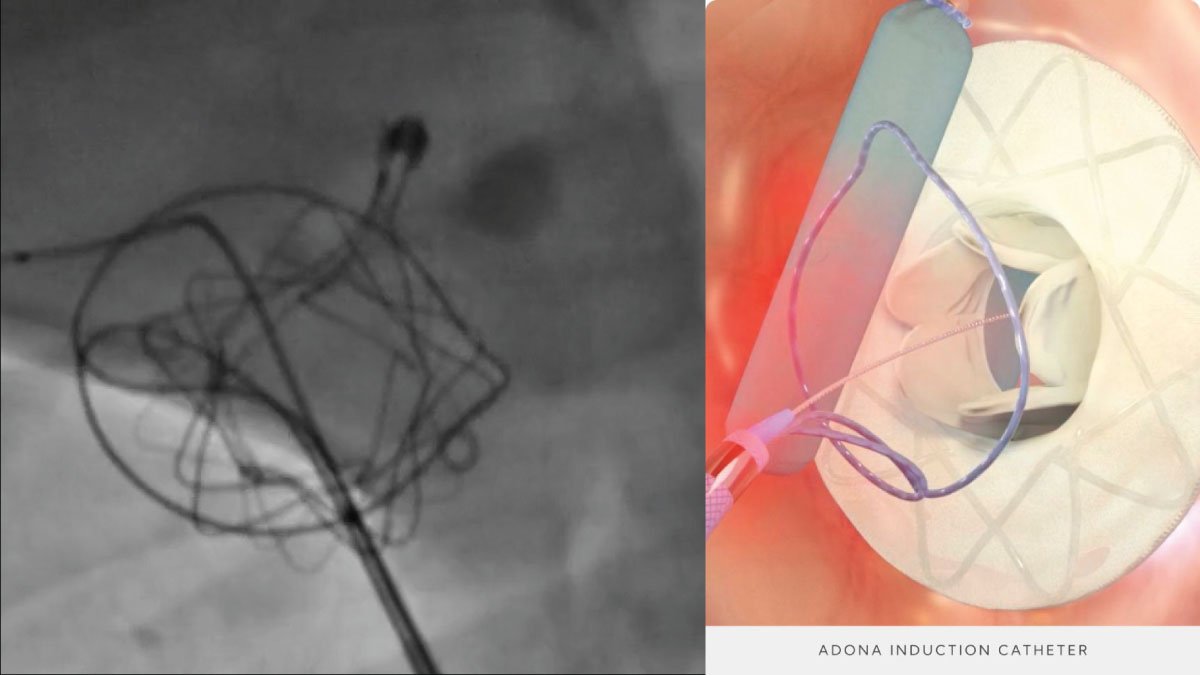Magnetism Mind-Control is Achieved by Scientists on Mice

In a groundbreaking study, researchers have successfully harnessed magnetism to direct the actions of mice, marking a historic breakthrough in the field of remote mind-control technology. This development could lead to significant advancements in medical treatments and explore uncharted territories in neuroscience.
Revolutionizing Remote Mind-Control with Magnetism
In a significant advancement for medical research, scientists have utilized magnetism to remotely influence the behavior of mice, an accomplishment that represents the first successful mind-control experiment to employ this technology. This study, which has garnered worldwide attention, signifies a major milestone in comprehending and manipulating neural pathways, promising great potential for medical interventions.
Benefits of Magnetic Mind-Control Technology
The employment of magnetism in mind-control technology brings several notable benefits, especially its non-invasive approach. Unlike conventional methods that necessitate physical implants or medications to modify brain function, magnetic fields can affect neuronal activity from an external source. This approach minimizes the risk of infection, inflammation, or other complications associated with invasive techniques, making it a safer option for therapeutic purposes.
Furthermore, this technology allows for precise manipulation of specific brain areas, enabling scientists to target and adjust neurons with high precision. The capability to regulate behavior through external magnetic fields introduces new possibilities for treating neurological conditions such as Parkinson’s disease, epilepsy, and depression, which require modulation of certain brain regions.
Applications in Medical Devices
The successful implementation of magnetism in controlling brain activity heralds a new chapter in the development of medical devices aimed at treating neurological and psychiatric conditions. For example, wearable devices capable of generating controlled magnetic fields could be created to alleviate symptoms of disorders like depression or chronic pain. These devices could provide tailored treatments by adjusting the magnetic fields based on real-time monitoring of the patient’s brain activity.
Conclusion
The successful manipulation of mouse minds using magnetism represents a visionary step forward in biomedical research, unveiling new possibilities for the treatment of neurological disorders. As this technology progresses, it promises to transform our approach to brain health, offering safer, more effective, and personalized treatment solutions. The future of mind-control technology looks promising, with the potential to revolutionize our understanding and treatment of the human brain.




















